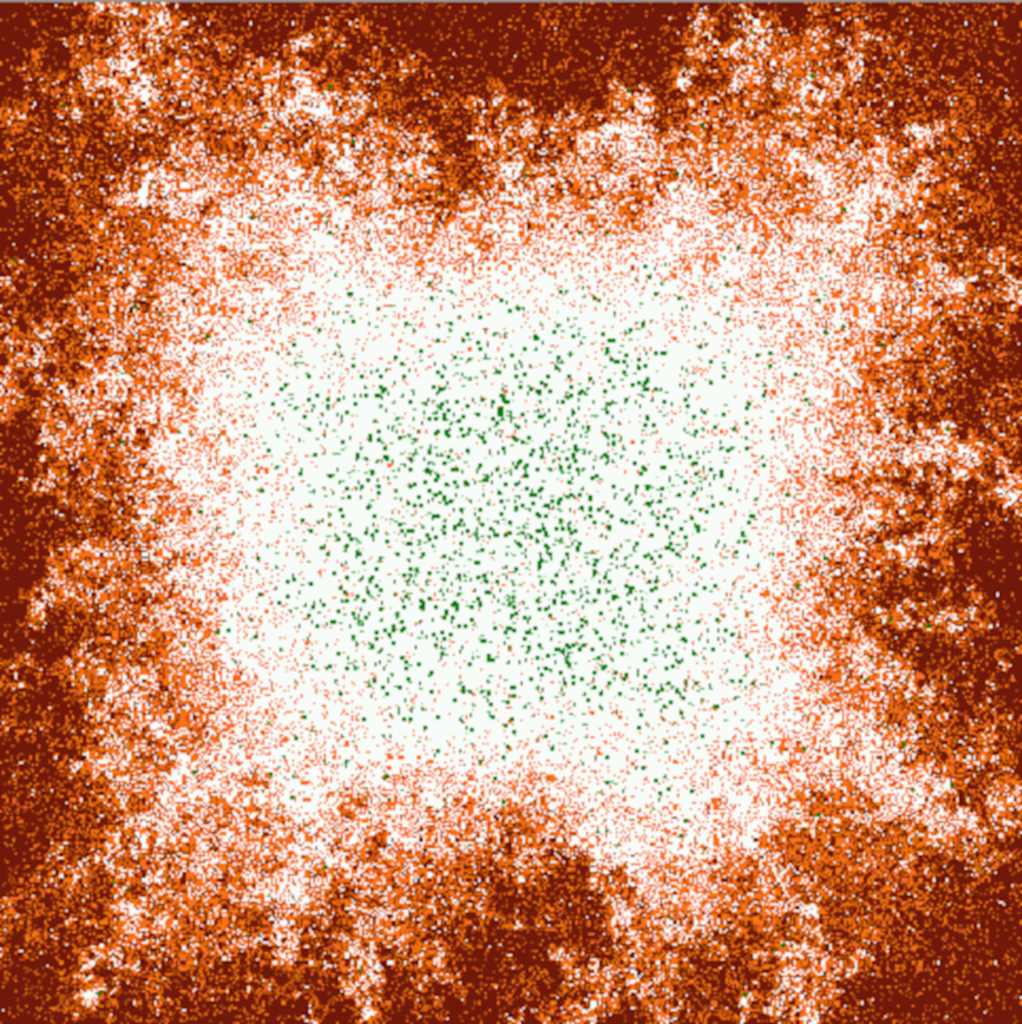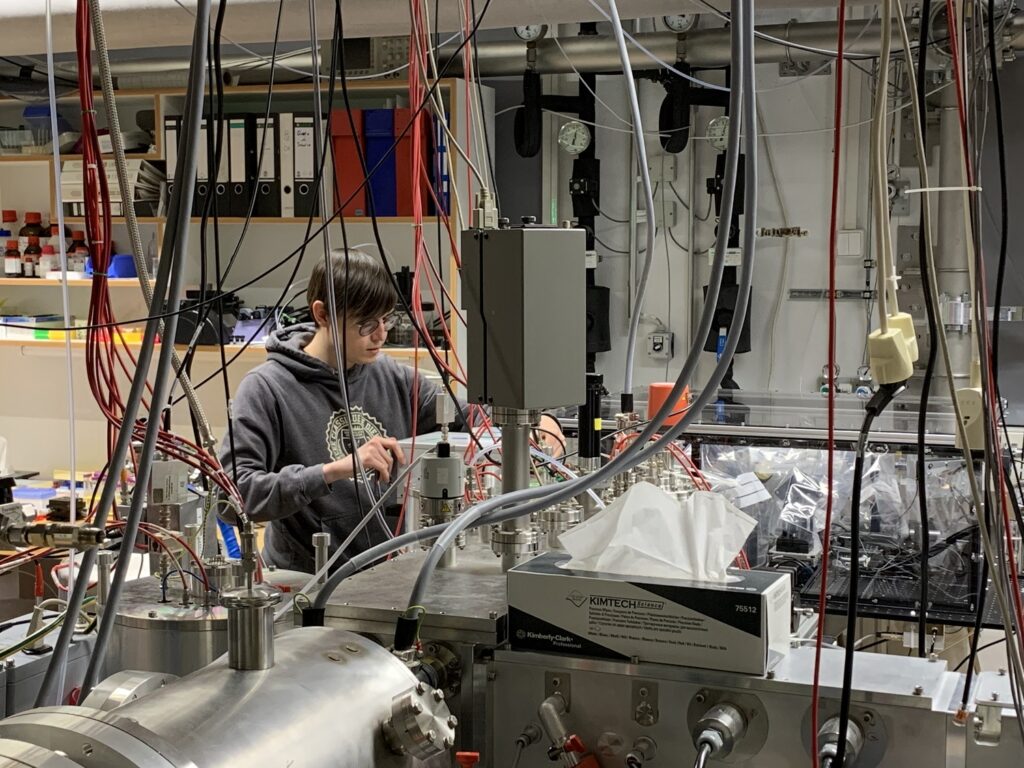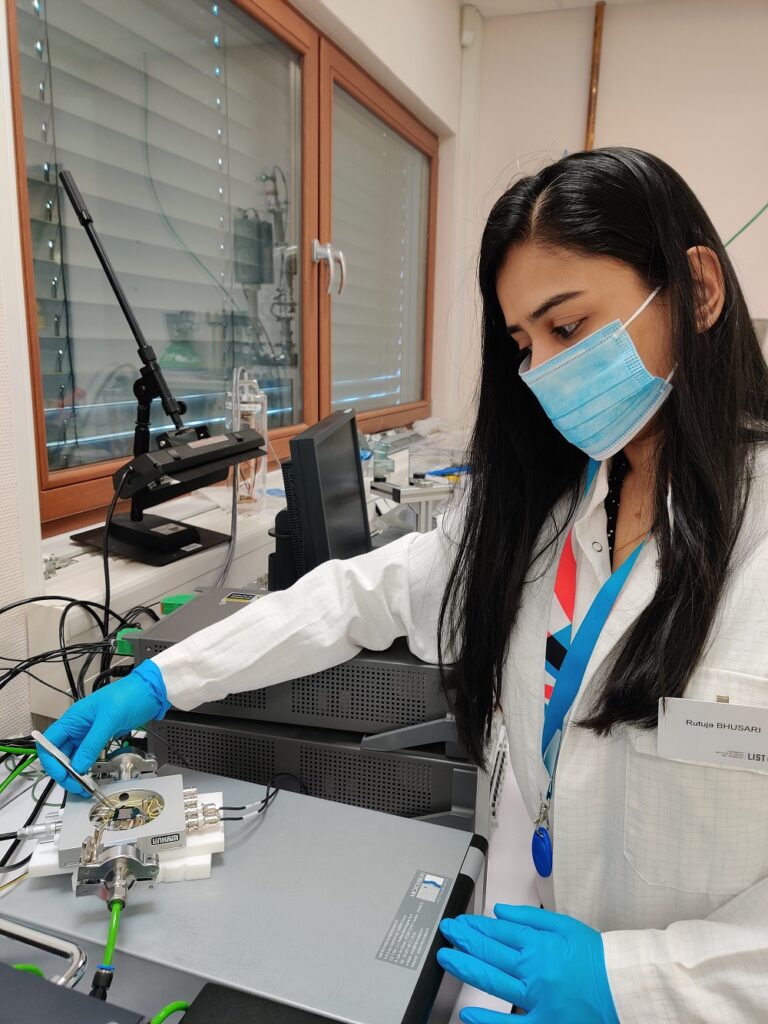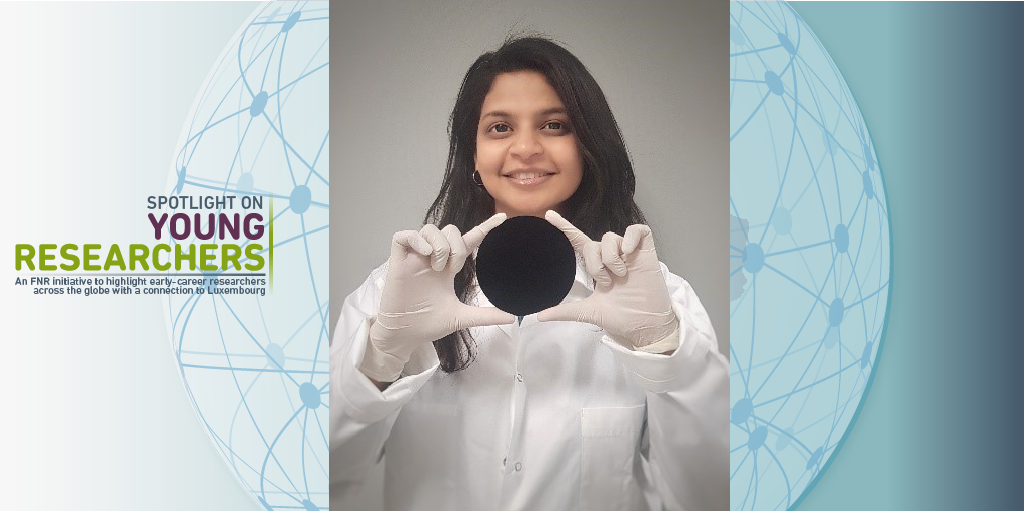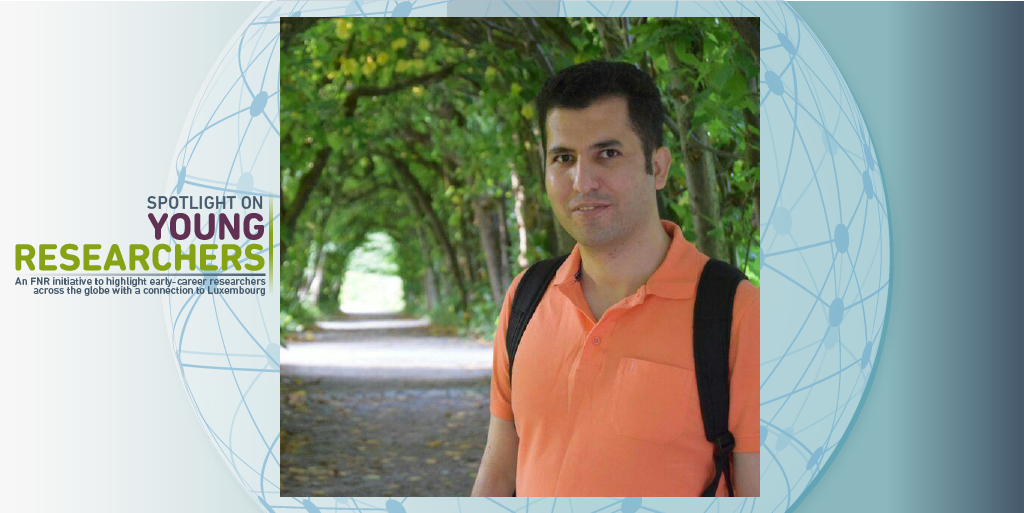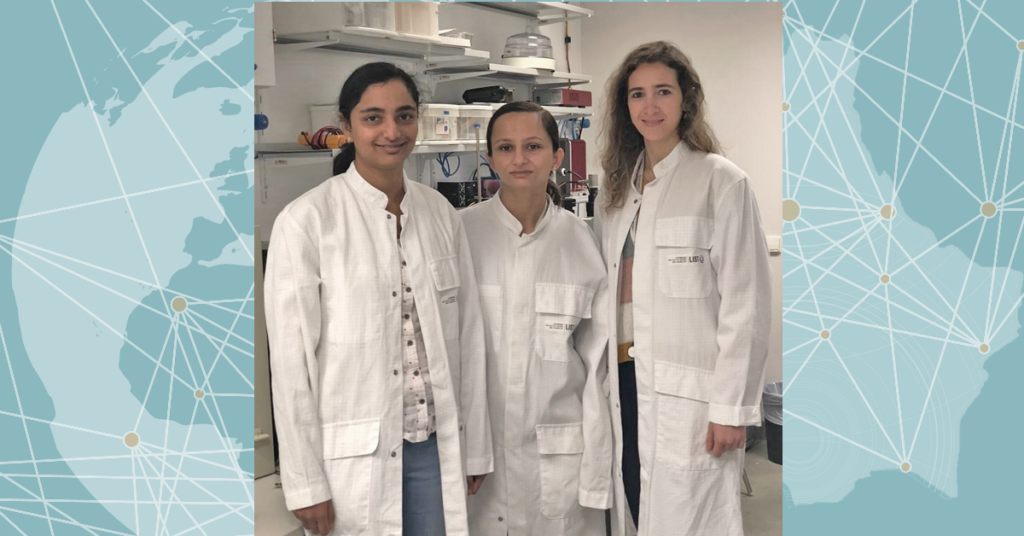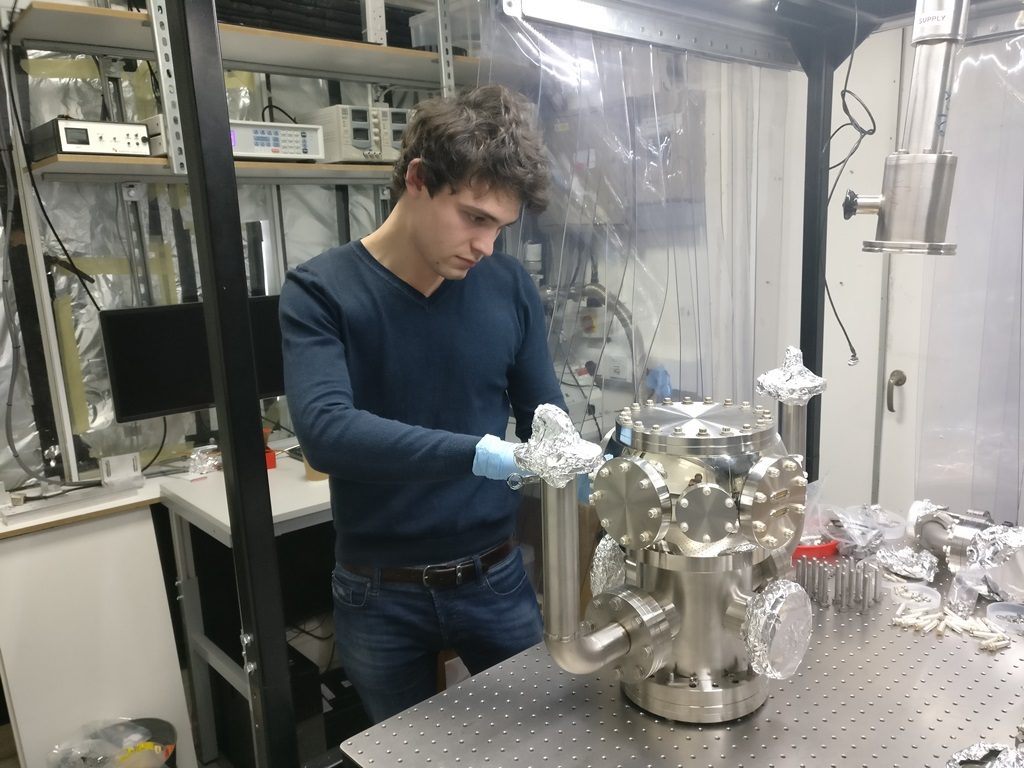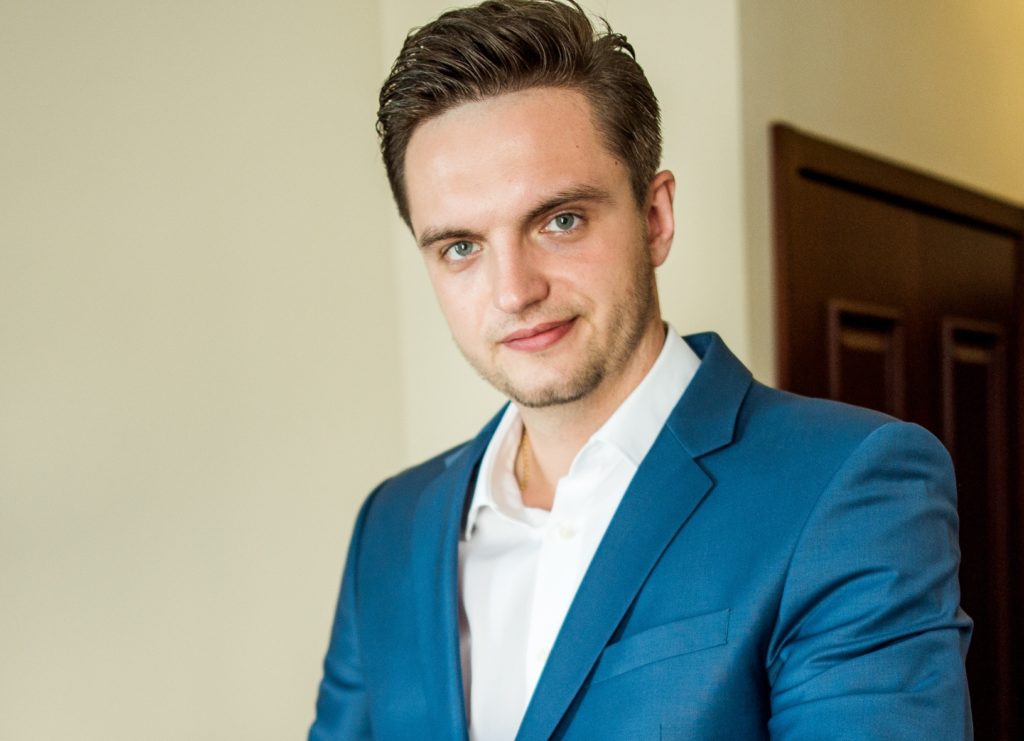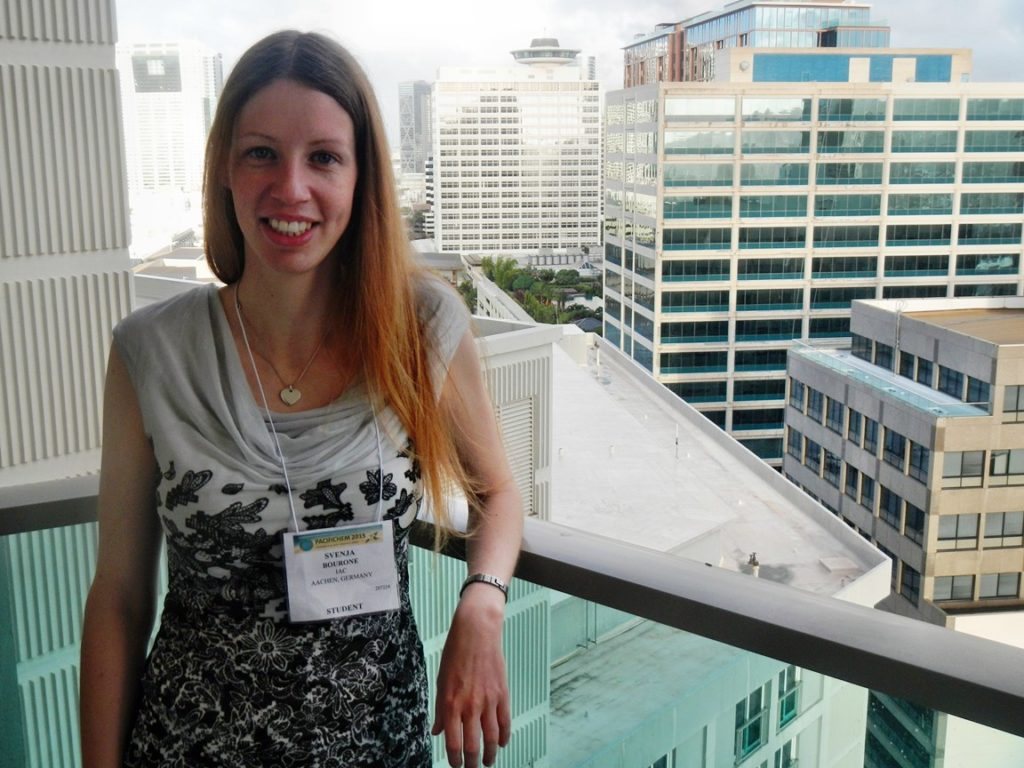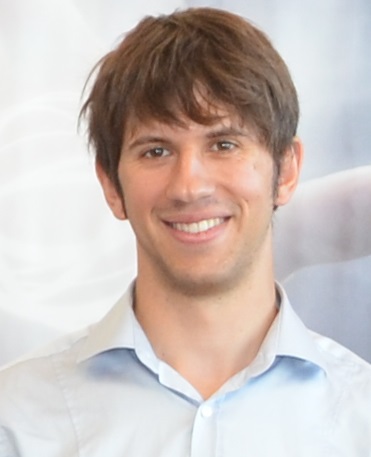
Rarely has a scientific discovery led to a Nobel Prize as quickly as the first production of graphene. The British researchers who managed to make it in 2004 were honoured with the Nobel Prize in Physics only six years later. What is particular about this material, which consists of pure carbon, is its two-dimensional structure: the atoms in this material are arranged in a single, extremely flat layer. Electrons can only move within this 2D plane, and always feel the influence of their constraint. This leads to unusual properties that are not found in ordinary, three-dimensional crystals.
Scientists are also researching two-dimensional materials and their special characteristics at the Physics and Materials Science Research Unit of the University of Luxembourg. In 2014, the project “Modelling of carrier dynamics and ultra-fast spectroscopy in two-dimensional materials” started, which the FNR financed for a period of three years.
In close collaboration with scientists at other European research institutions, the team led by Dr Alejandro Molina Sánchez took an especially close look at so-called transition metal dichalcogenides: chemical compounds of metals such as molybdenum or tungsten with elements of the carbon group such as selenium or sulphur. These 2D materials are semiconductors and, due to their specific structure, are suitable for producing optoelectronic components that can produce or capture light – in other words, they are suitable for novel solar cells.
What happens during relaxation?
“What goes on inside these materials, and how energetically excited charge carriers behave in them, is not yet fully understood,” says Alejandro Molina Sánchez. “An open question at the beginning of the project was how do electrons in the two-dimensional layer relax after excitation, meaning how do they return to their original state.”
This can be studied experimentally using ultra-fast optical spectroscopy. The researchers led by Molina Sánchez have developed a model for simulating experiments of this nature for the first time, allowing the results to be explained theoretically. The researchers not only had to contend with the extreme rapidity of the processes but also had to take numerous complicated interference effects into account – for example, those caused by material defects or by the influence of the substrate carrying the 2D material layer.
Calculating with valleys
The researchers focused primarily on so-called valleytronics. This is a term physicists give to an analogue of spintronics, which is a kind of data processing based on a magnetic property of electrons called spin.
This spin can assume different quantum states. The same goes for special properties of certain two-dimensional crystals – and in the future, it may be possible to exploit them technically in valleytronics. The term arises from the curve shapes for the electronic energy bands in 2D semiconductors, which form two separate minima, or “valleys”.
From a vague idea to a tangible concept
Before the start of the project at the University of Luxembourg, research in this area was still in its early stages, and using valleytronics was hardly more than a vague idea for a new kind of electronics. But now, the newly developed model proves the concept could take off. “We have shown that the necessary states can be produced in 2D materials and how long they can persist,” Molina Sánchez says. “With our model, it is possible to find out what chemical compounds are suitable for valleytronics.”
The researchers thus have the necessary tools at hand to create novel, especially sensitive and efficient optoelectronic components. Alejandro Molina Sánchez has no doubt: two-dimensional semiconductors made of transition metal dichalcogenides will soon be even more scientifically and technologically significant than the Nobel-worthy graphene.
This success story originates from the FNR 2018 Annual Report – view the Annual Report as PDF or interactive digital version
CORE
The main FNR programme for funding of high-quality research projects in five priority domains: ICT, Sustainable Resources Management, Material Sciences, Biomedical and Health Sciences, Societal Challenges. The programme is dedicated to established (CORE) and starting Principle Investigators (CORE Junior track).
DOMAIN: MS – New Functional and Intelligent Materials and Surfaces
FNR COMMITTED: 351,000 EUR
PERIOD: 01.12.2014 – 31.03.2017







